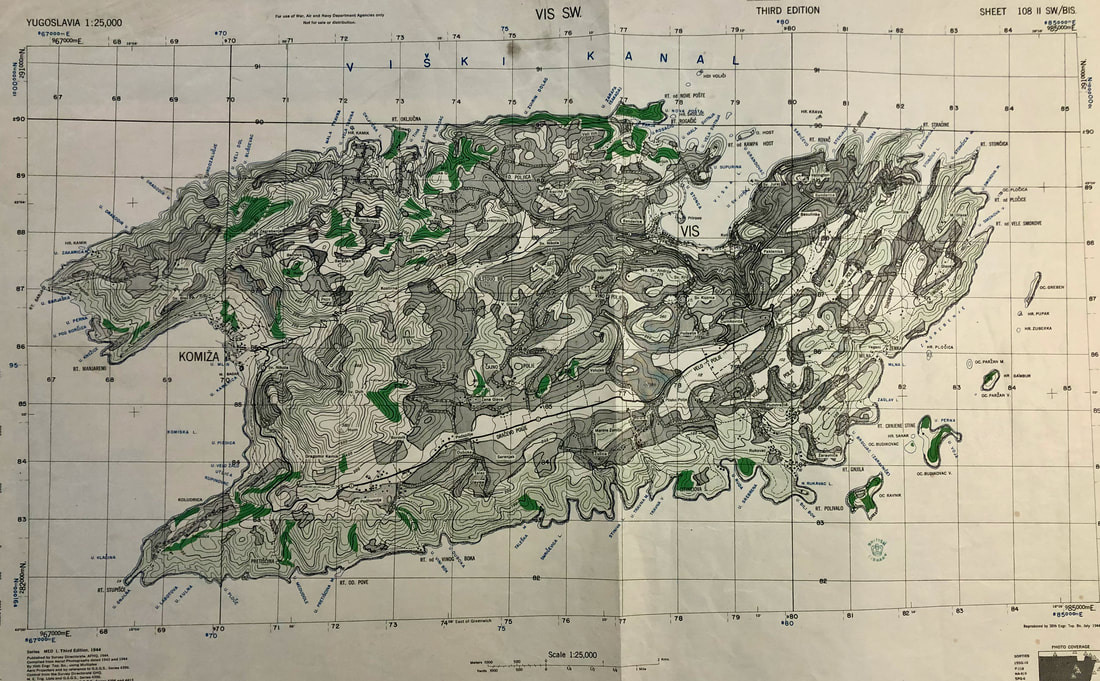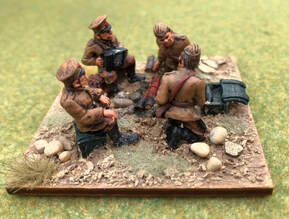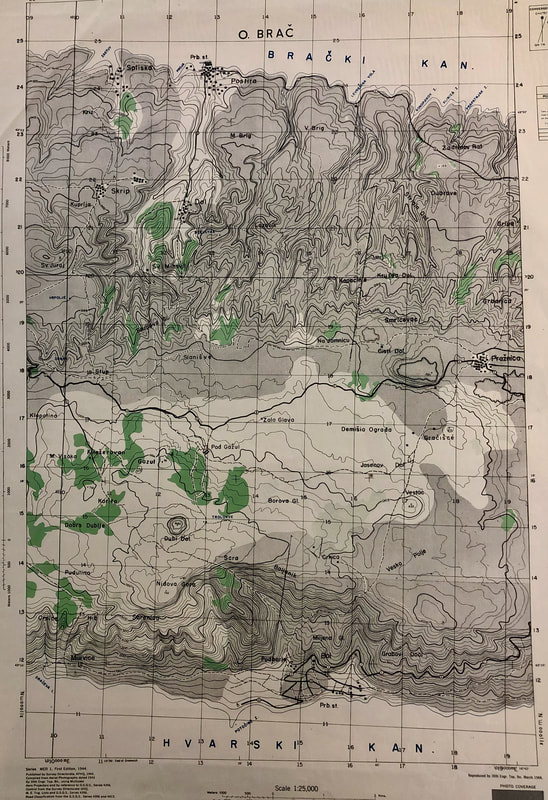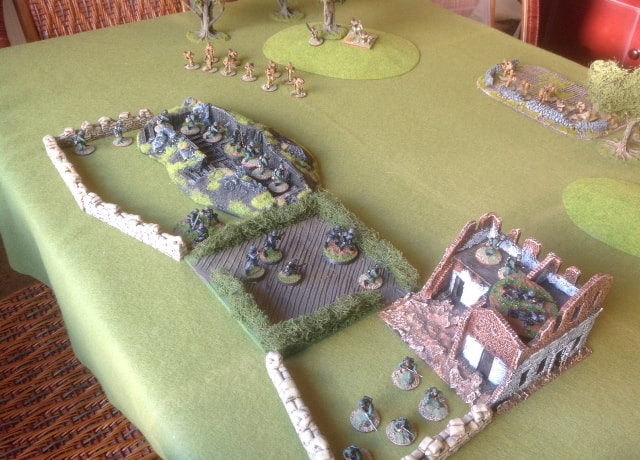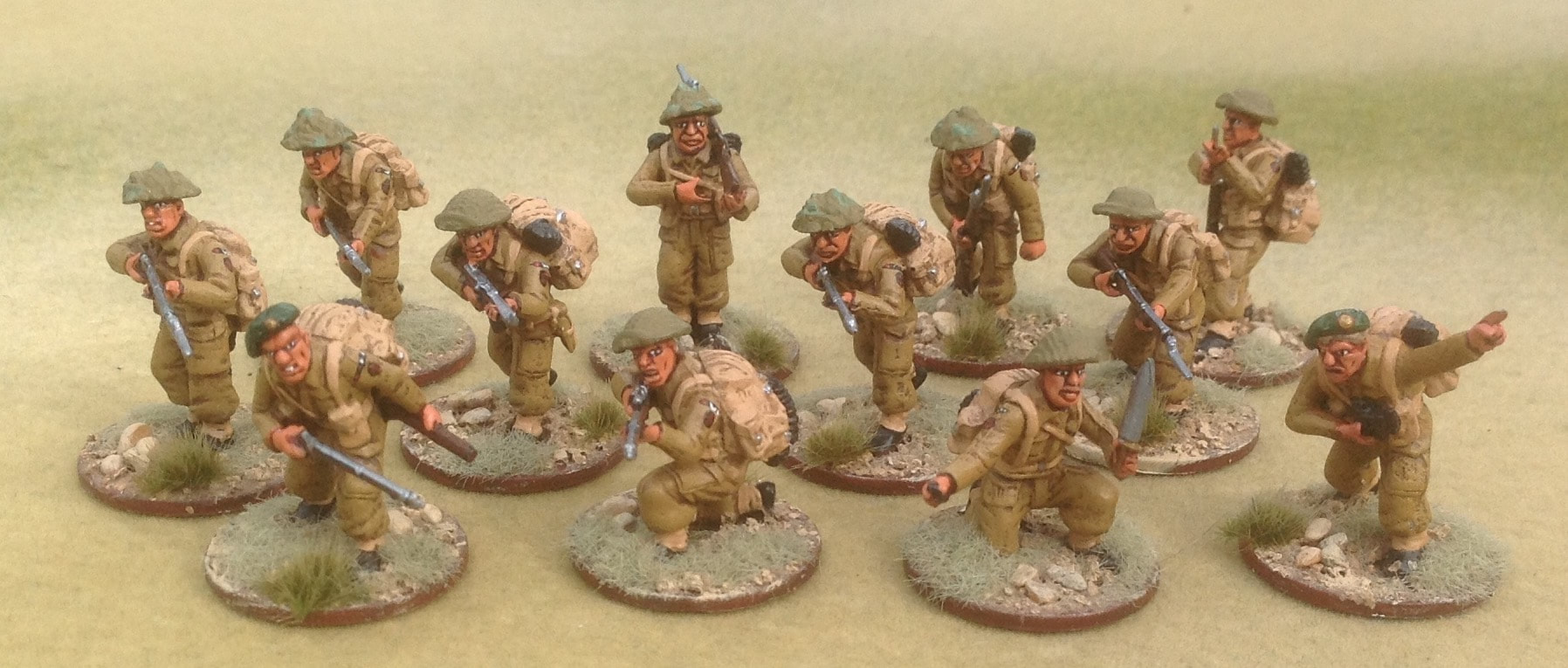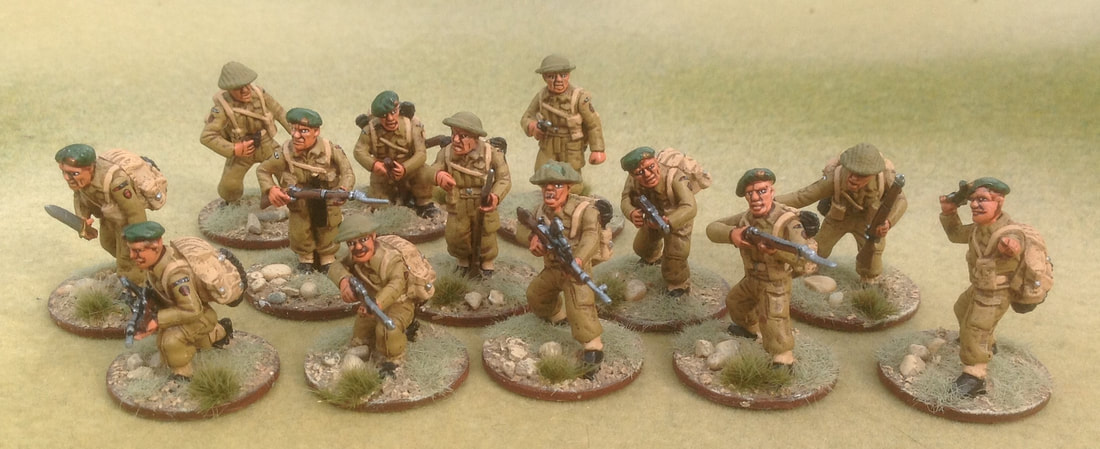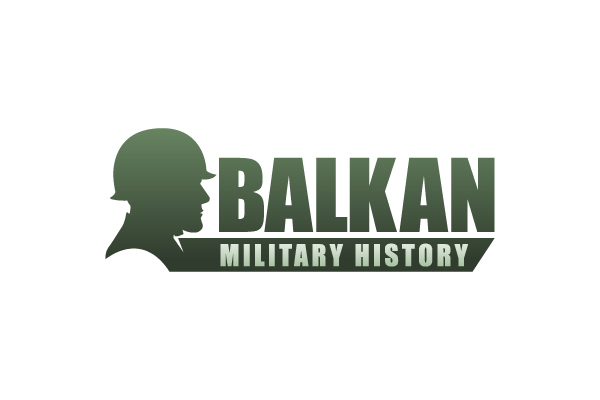- Home
- About
-
Travel
-
Features
- Dyrrachion1081
- Normans in the Balkans
- Manolada 1316
- Kosovo 1389
- Castles on the Danube
- Late Medieval Bosnian Army
- Doboj 1415
- Wallachian and Moldovan troops of the Napoleonic wars
- Anchialos 917
- Slovenian Borderlands
- The Zadruga and the Military Border
- Cretan War in the Adriatic
- Salonika 1916
- Uskoks of Senj
- Siege of Klis 1537
- Eugene in the Balkans
- Moldavian Surprise 1711
- Austro-Turkish War 1737-9
- Militargrenze
- Invading Ottoman Turkey
- Siege of Ragusa 1814
- Russo-Turkish War 1806-12
- Serbian Uprising 1815
- Ali Pasha
- Ottoman Army 1826
- Aleksinac 1876
- Shipka Pass
- Slivnitsa 1885
- Romanian Army 1878
- Austrian forts 19thC
- Kumanovo 1912
- Catalca Lines
- Adrianople 1912-13
- Kajmakcalan 1916
- The other 1918 campaign
- Macedonia air war WW1
- War of the Stray Dog
- Royal Yugoslavian armed forces
- Blunder in the Mountains
- Romanian SS
- Gebirgsjager in the Balkans
- Knights Move 1944
- Vis during WW2
- HLI in the Adriatic
- Adriatic Cruel Seas
- Dalmatian Bridgehead
- Cyprus 1974
- Transnistrian War
- Ottoman Navy Napoleonic wars
- Medieval Balkans
- Balkan lockdown quiz >
- Reviews
-
Armies
- Ancient Greeks
- Pyrrhic army of Epirus
- Dacian wars
- Goths
- Late Roman
- Comnenan Byzantine Army
- Normans
- Serbian medieval
- Albanian medieval
- Wallachian medieval
- Bosnian Medieval
- Catalan Company
- Polish 17C
- Austrian Imperialist
- Ottoman
- Austrian 18thC
- Russian Early 18thC
- Ottoman Napoleonic
- Greek Revolution
- 1848 Hungarian Revolution
- Russian Crimean war
- Romanian Army of 1877
- Ottoman 1877
- Russian 1877
- Balkan Wars 1912-13
- Macedonia WW1
- Greece WW2
- Italian Army WW2
- Gebirgsjager WW2
- Hungary WW2
- Turkey WW2
- Soviet Union WW2
- Bulgaria WW2
- Turkish Korean War Brigade
- Balkan Wars 1990s
- Links
- Books
Highland Light Infantry in the Adriatic
The Highland Light Infantry (HLI), recruited mainly from Glasgow and the surrounding area. It was formed in 1881 and was amalgamated in 1959 to form the Royal Highland Fusiliers. Today, it is the 2nd Battalion of the Royal Regiment of Scotland. In WW2, the 2nd battalion served in East Africa and the Mediterranean, including Keren, the Western Desert and Sicily. They have a small museum in Sauchiehall Street, Glasgow.
In May 1944, the battalion was sent to the Adriatic island of Vis as part of the 2nd Special Service Brigade, a Commando formation tasked with defending the island and supporting partisan operations against the German-held islands and the Dalmatian coast. The HLI were trained specialists in mountain warfare and had mountaineering equipment, including cross-country ski boots. Private soldiers were called ‘mountaineers’ rather than fusiliers. Most of the duties involved garrisoning the island, which also served as a naval base for MTBs and MGBs. It also had an airstrip on the only flat area of the island, used by bombers in trouble returning from raids in the Balkans and Spitfires in the ground support role.
In May 1944, the battalion was sent to the Adriatic island of Vis as part of the 2nd Special Service Brigade, a Commando formation tasked with defending the island and supporting partisan operations against the German-held islands and the Dalmatian coast. The HLI were trained specialists in mountain warfare and had mountaineering equipment, including cross-country ski boots. Private soldiers were called ‘mountaineers’ rather than fusiliers. Most of the duties involved garrisoning the island, which also served as a naval base for MTBs and MGBs. It also had an airstrip on the only flat area of the island, used by bombers in trouble returning from raids in the Balkans and Spitfires in the ground support role.
|
The regimental historian, Lt.-Col. L.B. Oatts was clearly not a fan of his regiment fighting with Communist partisans, ‘Somewhat strange comrades in arms for British troops, and speaking no civilised language’, who he described (wrongly) as being led by ‘Commissars’. He somewhat surprisingly failed to mention that they included women soldiers, good grief, whatever next! |
In addition to garrison duties, they took part in raids on the islands to support partisan operations. These would typically include elements of several units based on Viz. For example, 40 Commando war diary for 22 May 1944 (National Archives, DEFE 2/48) describes Operation Foothound, an attack on Mljet which included C Company of the 2/HLI. Mortar and MG platoons were dropped off into covering fire positions while the HLI seized the high ground, directed by partisan guides who unusually had limited knowledge of the terrain. The commandos worked around the enemy positions, garrisoned by 250 men in four strong points, and attacked after Spitfires had softened up the defenders. The outcome wasn’t very clear from the report, but McConville (Small War in the Balkans, 1986) says the raid commander, Brigadier Tom Churchill regarded it as a failure. Two strong points were destroyed, but the rock formations were hard work for the troops, and wireless conditions were poor. The operation was called off at 4:30pm.
|
In June, ‘B’ Company (five officers and 73 other ranks led by Major Brotherhood) attacked a German position at Nidova Gora on the island of Brac. This involved a four-mile approach march over limestone ridges carrying heavy loads. The partisan guides advised that the garrison numbered 40 men with two MGs and an 81mm mortar. The attack ran into fierce resistance, and the HLI suffered three dead, one missing and 14 wounded, which had to be evacuated after a seven-mile march across country.
Later, in what must be a pretty unique role for an infantry unit, they were tasked with boarding a German destroyer to capture or destroy it. Perhaps, fortunately, it was found to have run aground and abandoned. I suspect it was actually a smaller ship than a destroyer. In July, they took part in a more extensive operation against the port of Split. They attacked German positions in the hills above the town, supported by naval gunfire. What the partisans, never mind the Germans, thought of the bagpipers is anyone’s guess. Although apparently came in useful to help the partisans and the Germans distinguish the HLI from other units and civilians. The HLI lost eight dead and 12 wounded in the operation, which achieved its objectives. Most operations were more minor patrols on the nearby islands, including Solta, Brac and Korcula, popular holiday destinations today. But in 1944, this was a desperate and vicious war against well-entrenched defenders. As the Commando war diaries make clear, it wasn't unusual for patrols to decide that positions were too strong to attack. |
These operations are small enough to wargame on the tabletop with Bolt Action sized forces. The Germans typically fortified the high points on the islands. Attacks landed at night and typically began the assault at first light.
Further Reading:
McConville, M, A Small War in the Balkans, Macmillan 1986
Oates, L, Proud Heritage: The Story of the Highland Light Infantry, Volume 4.
40 Commando war diary (National Archives, DEFE 2/48)
Allied Forces HQ Europe: Yugoslavia 1:25,000, [series maps] Med 3 (1944). British Library, Maps 44550.(31.)
McConville, M, A Small War in the Balkans, Macmillan 1986
Oates, L, Proud Heritage: The Story of the Highland Light Infantry, Volume 4.
40 Commando war diary (National Archives, DEFE 2/48)
Allied Forces HQ Europe: Yugoslavia 1:25,000, [series maps] Med 3 (1944). British Library, Maps 44550.(31.)
